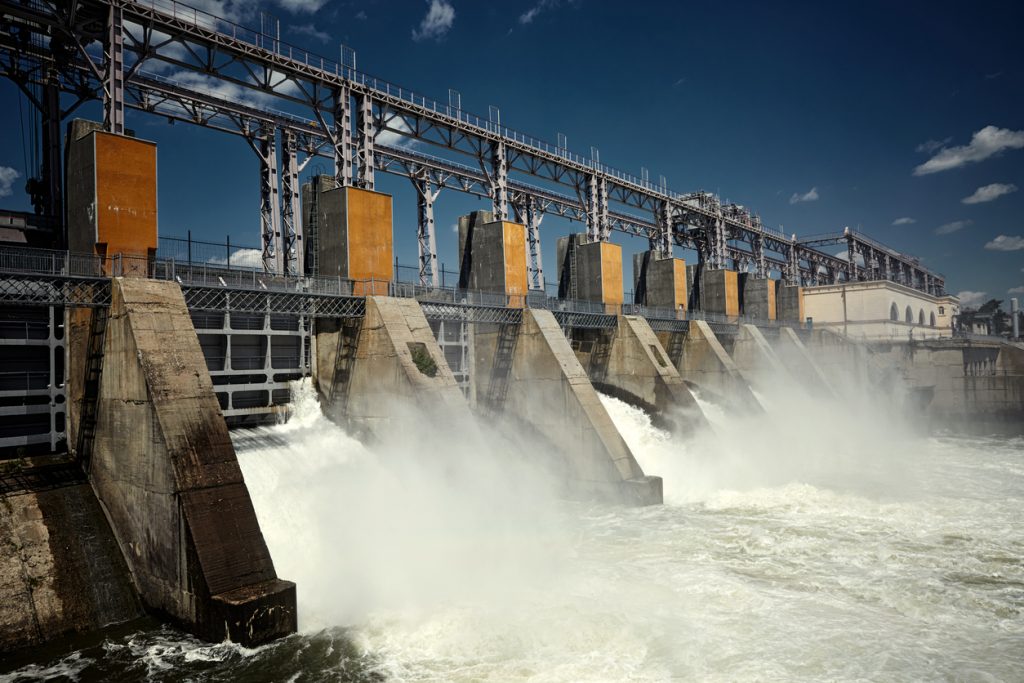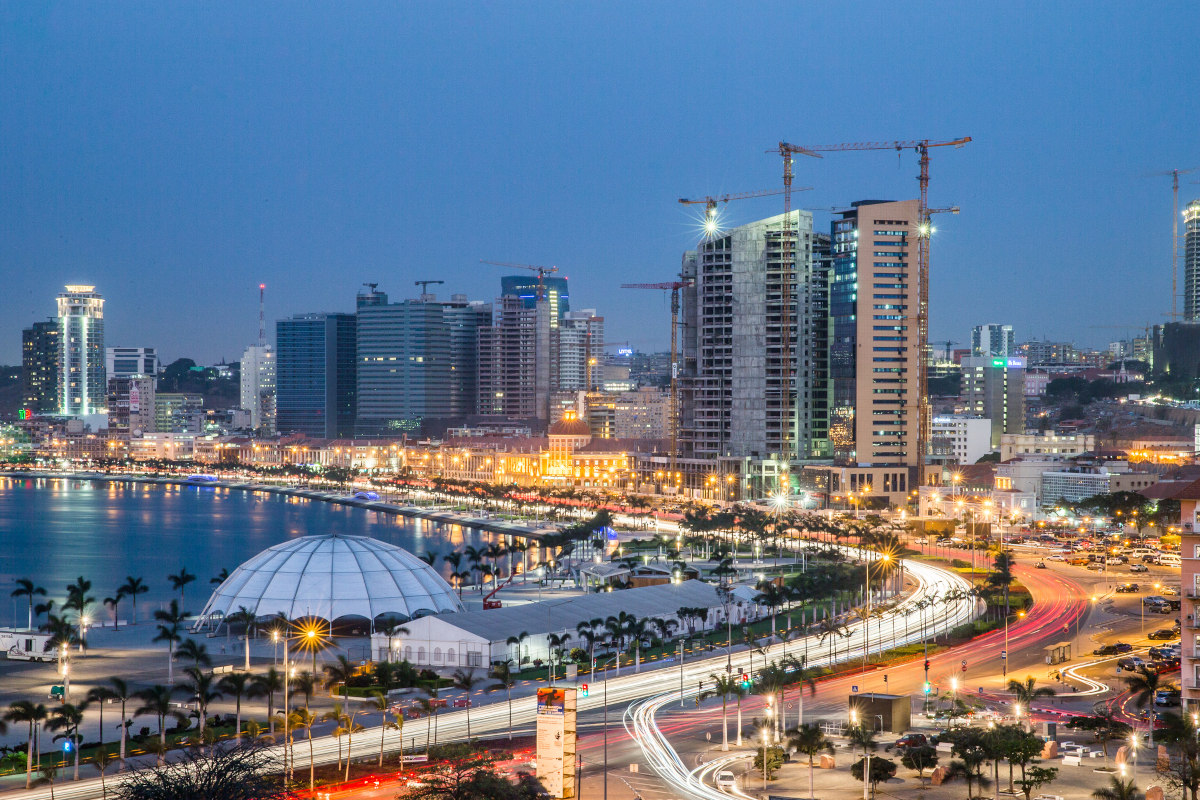Letter of intent signed for construction of a factory. Export is scheduled to start in 2024.
Green hydrogen is seen as an important source of hope for the energy transition. The gas, which is produced sustainably on the basis of renewable energies, is intended to reduce climate-damaging emissions in industry and transport. But because production capacities in Germany are not expected to be sufficient, the Federal Republic is looking for partners for imports, for example in Africa (we reported). Now a first supplier has been found in Angola, reports Handelsblatt.
The state-owned energy company Sonangol, together with the German companies Gauff Engineering and Conjuncta, signed a letter of intent for the construction of a corresponding factory in the Angolan port of Barra do Dande. In addition to oil and gas, Sonangol also wants to produce hydrogen in the future, said President and CEO Sebastiao Gaspar Martins. Angola has many hydropower plants that produce electricity well above demand and has the necessary infrastructure for the global distribution of green hydrogen, Gauff Engineering wrote in a March statement.

Hydroelectric power plant
Deliveries are expected to start in 2024. The Angolan Minister of Mineral Resources, Oil and Gas, Diamantino Pedro de Azevedo, expects that from then on green ammonia could be exported, a liquid energy carrier that can be used to transport green hydrogen over long distances. In addition, Azevedo held out the prospect of future gas and oil supplies to Europe as a replacement for fossil fuels from Russia.
Germany already has an energy partnership with Angola, as well as with other countries that have great potential for renewable energy production. In Saudi Arabia, for example, the German government is funding the construction of one of the world’s largest production plants for green hydrogen and green ammonia. There is also cooperation on hydrogen technologies with Chile, Namibia, Qatar and India.
Conversion to green hydrogen also requires raw materials
In addition to the development of strategic partnerships and corresponding production capacities, the conversion to green hydrogen also requires many raw materials. The climate-friendly gas is produced by electrolysis, in which water is split into its starting materials hydrogen and oxygen. Depending on the electrolysis process, various technology, precious and rare earth metals are used in this process. In PEM electrolysis (proton exchange membrane), for example, the precious metals platinum and iridium or ruthenium serve as catalysts.
The expansion of green electricity, without which green hydrogen is not possible, is also accompanied by a high demand for raw materials. For example, in addition to large quantities of nickel and aluminum, rare earth metals such as neodymium and praseodymium are used in wind turbines, and semiconductor materials such as silicon, gallium and indium are used in photovoltaic modules. Global climate protection efforts are driving demand for many critical raw materials, which has contributed to in part massive price increases in recent years.
Photo: iStock/AdemarRangel


